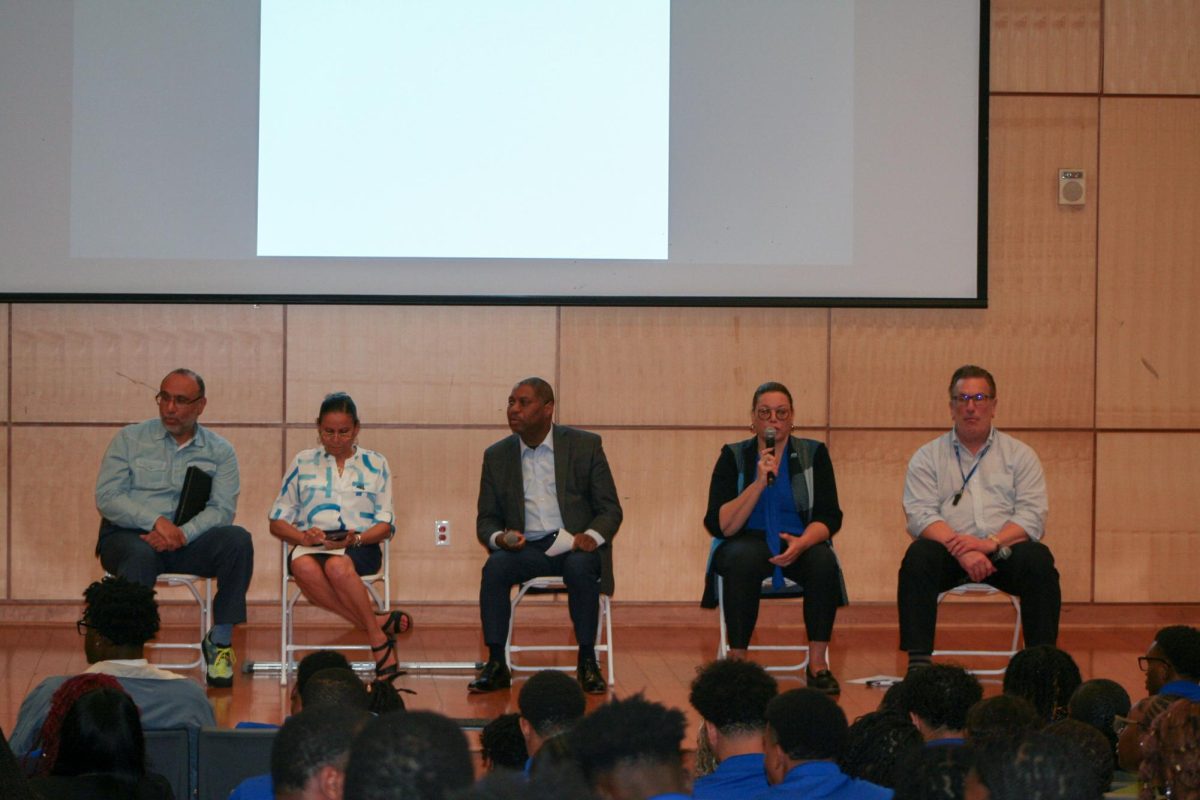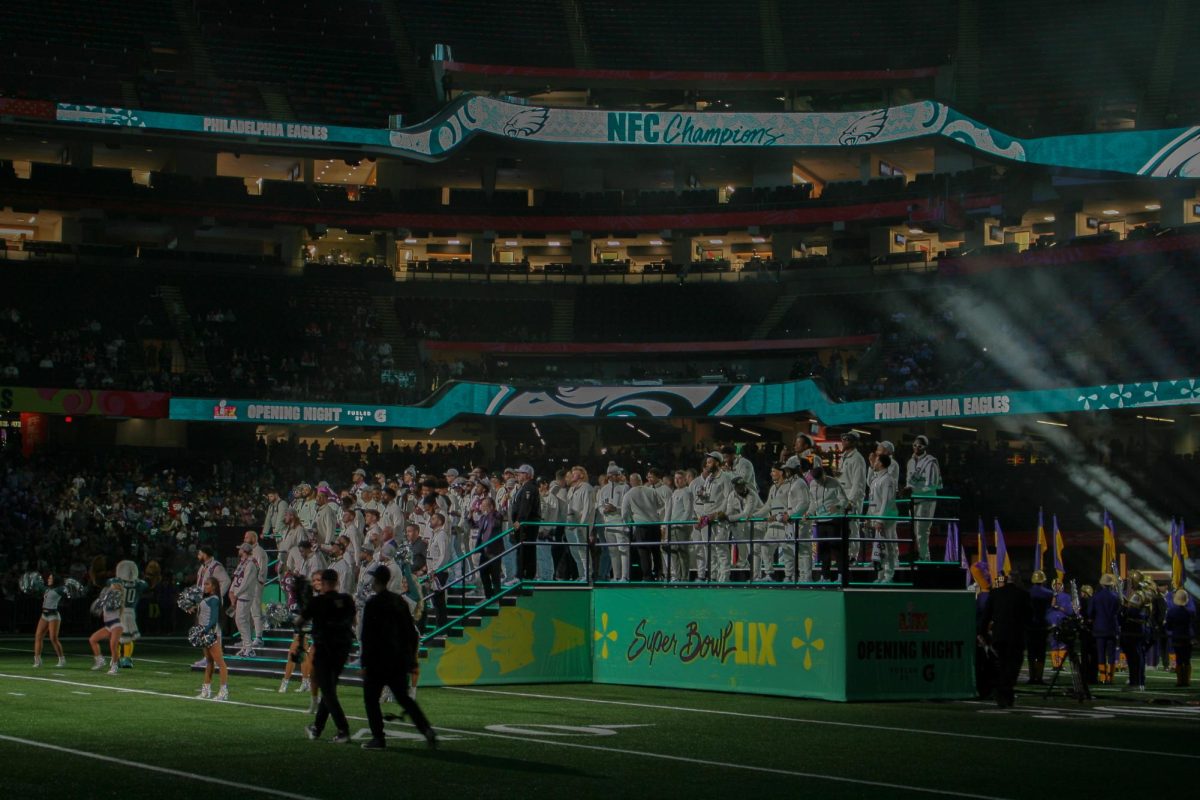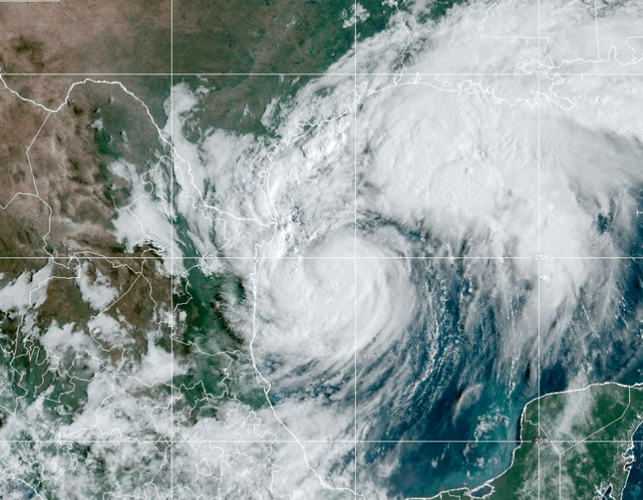One out of 10 students at Dillard is considered to be a non-traditional student by age, according to university statistics.
Assistant Registrar Robert Mitchell Jr. said 103 of the 988 students at Dillard this semester are 25 years old or older. The youngest in the group is 25 and the oldest student on campus is 55.
The National Center for Education Statistics said that while no one definition for the term “non-traditional student” exists, age is a common element in most definitions.
Mitchell said the three most sought-after majors by this student subgroup are nursing, mass communication and business management. Nursing has 28 such majors;
mass communication and business management have nine each; and a variety of others have six or less, he said.
Nearly 42 percent, or 43 students, are seniors; 25.2 percent, or 26, are juniors; 9.7 percent, or 10, are sophomores; and 8.7 percent, or nine students, are freshmen.
Barnes-Teamer said the non-traditional student generally has one or more personal challenges that can make or break his college career. These may include dependents and a fulltime job.
Nevertheless, she said, non-traditional students typically are very motivated and determined. Although they may “stop out,” finding it necessary to skip a semester for various reasons, they rarely drop out, she said.
Meshawn Cook, a 29-year-old nursing major, who has already acquired bachelor’s degree in accounting, said her biggest challenge is insufficient financial aid.
Eucharia Agwarangbo, a nursing major who in her mid 30s who also has an accounting degree already, said time management is her biggest problem. Agwarangbo said there is never enough time for her to be student, mother and wife. Having a family, she said, makes attending college much harder this time around.
Erica Riggs a mass communication major, said staying focused on her studies is her major concern.
“It is hard to stay focused on your classes when you have to work to pay your bills and be a full-time student,” she said, adding the outcome will be worth it.
Editor’s note: While the main story focused on age as an element of the non-traditional student, Dillard may actually have many more. The sidebar below looks at a report from the National Center for Education Statistics.
Almost three-fourths of U.S. undergraduates in 1999-2000 were “non-traditional” students in some way, according to the National Center for Education Statistics, compared with 27 percent traditional students.
The center, which is a component of the U.S. Department of Education, says on its Web site (www.nces.ed.gov) that age and part-time status (which often go together) are common defining characteristics of the non-traditional student. However, it adds that a non-traditional student fits one or more of the following:
- Delays enrollment (does not enter postsecondary education in the same calendar year that he or she finished high school);
- Attends part time for at least part of the academic year;
- Works full time (35 hours or more per week) while enrolled;
- Is considered financially independent for purposes of determining eligibility for financial aid;
- Has dependents other than a spouse (usually children, but sometimes others);
- Is a single parent (either not married or married but separated and has dependents); or
- Does not have a high school diploma (completed high school with a GED or other high school completion certificate or did not finish high school).
The center says those non-traditional students with one of the criteria are “minimally” non-traditional; two or three, “moderately” non-traditional; and four or more, “highly” non-traditional.
The center says that the percentages of students who delayed enrollment, worked fulltime, had dependents and were single parents all increased between 1992-93 and 1999-2000, and the trend is expected to continue.

























